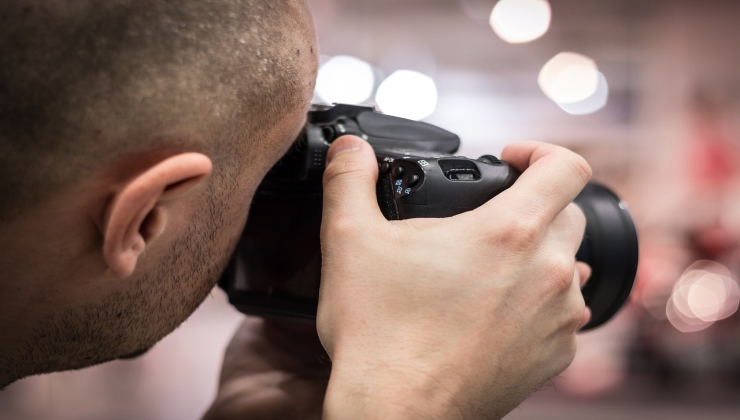We’ve all been there: the thrill of capturing a perfect moment, the satisfaction of a well-exposed shot. But sometimes, even technically sound photographs leave us feeling…underwhelmed. What’s the missing piece? Often, it’s the frame itself.
Today, we will discuss why you should work on the framing of your photographs. Let’s get right into it.
Framing as a Tool for Storytelling
Let’s face it, a snapshot captures a moment, but a photograph taken with frame in mind creates an experience. Consciously composing your frame allows you to become the director, deciding what elements to include and exclude. This selectivity isn’t just about cutting out unwanted clutter; it’s about drawing the viewer’s attention to the heart of your story.
Imagine a photograph of a majestic mountain range. A basic snapshot might simply capture the peaks. However, by framing the shot with a winding path leading towards the mountains, you can create a sense of journey and invite the viewer to explore.
Framing techniques like the rule of thirds, leading lines, and negative space can also be powerful tools in your storytelling arsenal. The rule of thirds suggests placing your subject off-centre, creating a more dynamic composition. Leading lines, like a path or a river, draw the viewer’s eye directly to your subject. Negative space, the empty areas around your subject, can add a sense of peace or emphasise the isolation of your subject.
Photos that implement these techniques are the ones that are going to stand out when using a photo book maker to document your photography journey – they just have that extra flair.
More Than Just Composition
Framing isn’t just about technical composition; it’s also about evoking emotions. A tightly cropped close-up of a child’s tear-streaked face conveys raw vulnerability, while a wide shot of a lone figure dwarfed by a vast landscape evokes a sense of awe.
Consider the background you include. A busy street scene behind a portrait might create tension, while a serene meadow creates a sense of calmness. It’s also a good idea to play with the depth of field to blur distracting elements and draw focus to your subject.
Framing allows you to tap into the universal language of visual storytelling.Once you understand how different framing techniques influence the emotional response of the viewer, you can tailor your photographs to evoke specific feelings.
Don’t Be Afraid to Experiment
The beauty of framing lies in its potential for exploration. Photography is an art form, and just like any art form, it thrives on experimentation. Don’t be afraid to break the rules! Sometimes, a skewed perspective or an unconventional crop can create a striking and memorable image.
Look at the works of renowned photographers like Henri Cartier-Bresson or Annie Leibovitz. Notice how they use framing to tell stories, evoke emotions, and create unique visual experiences. Don’t just copy their styles; be inspired by their boldness and willingness to push boundaries.
Conclusion
So, have we managed to make you reconsider the importance of framing? We sure hope so. Mastering the art of framing is essential for levelling up your photography game, and without it, you are going to be stuck at the beginner to intermediate level. Framing just makes that big of a difference – it can completely transform a photo.
The next time you have a shoot, keep framing in mind. Even with just a few adjustments, you will surprise yourself. Have fun!

